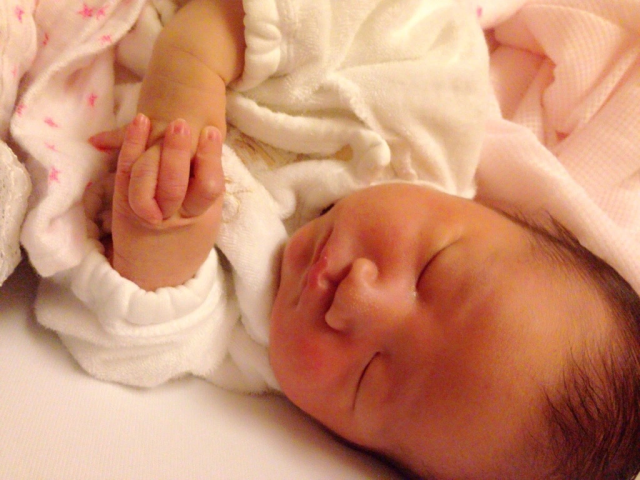
Meanings show hope for bold boys, beautiful girls in list of the most popular names of the Heisei era.
The Japanese language has more than 2,000 general-use written kanji characters, which can be used by themselves or in combination with others. That creates a virtually limitless number of not only vocabulary words that can be created, but names too.
Still, just as in other countries, some names catch on while others fade away for being too old-fashioned or unflattering. With Japan’s Heisei era set to wind down next spring when Emperor Akihito abdicates the throne, Meiji Yasuda Life Insurance decided to take a look back on the 30 years of Heisei and compile a list of the most popular names for boys and girls born since 1989.
Let’s take a look at the top 10 for each, along with how they’re written and what they mean.
● Boys top 10
10. Takuya (meaning: “pioneering land”)
拓也
9. Sota (“strongly blowing wind”)
颯太
8. Daiki (“large tree”)
大樹
7. Tsubasa (“wings”)
翼
6. Hiroto (“soaring high”)
大翔
5. Daiki (“shining brightly”)
大輝
4. Ren (“lotus”)
蓮
3. Kenta (“healthy and strong”)
健太
2. Sho (“soaring”)
翔
1. Shota (“soaring strongly”)
翔太
There’re a lot of bold, auspicious imagery at play in the boys’ list, with numerous mentions of flying high in the sky and allusions to physical strength. One name that really stands out from the rest, though, is Ren, which is one of the few Japanese male names with a floral theme (though it still has a strong, masculine sound to it).
● Girls top 10
10. Mitsuki (“beautiful moon”)
美月
9. Mirai (“future”)
未来
8. Manami (“beautiful love”)
愛美
7. Nanami (“seven seas”)
七海
6. Yui (“connected clothing”)
結衣
5. Ai (“love”)
愛
4. Sakura (“cherry blossom”)
さくら
3. Hina (“sun and plants”)
陽菜
2. Aoi (“hollyhock”)
葵
1. Misaki (“beautiful blossom”)
美咲
Meanwhile, the girls’ list has a softer touch to it, with references to beauty, romance, or flowers showing up a collective eight times. The girls’ list also has the only non-kanji name, with Sakura rendered entirely in phonetic hiragana, as opposed to the more stately kanji version of the name, 桜, ostensibly because of the more rounded, cuter lines used to write さくら.
It’s worth bearing in mind that just like in other cultures, parents in Japan often choose a name for their child based more on the name’s sound than its meaning, which explains how Yui, with its charming ring, made it into the top 10 for girls despite its mundane meaning. And even for those names that do have more appealing meaning, with a few exceptions such as Sakura, Ai, and debatably Tsubasa, native Japanese speakers hear every entry on these lists first and foremost as people’s names, without giving their meanings much immediate thought. Still, the use of kanji does give them an associated meaning, and this list of names parents have chosen over the past 30 years is a reflection of the hopes and aspirations they had for their children in the Heisei era.
Sources: Meiji Yasuda Life Insurance, Namae Search
Top image ©SoraNews24
Insert images: Pakutaso (1, 2, 3, 4, 5, 6, 7, 8)
[ Read in Japanese ]


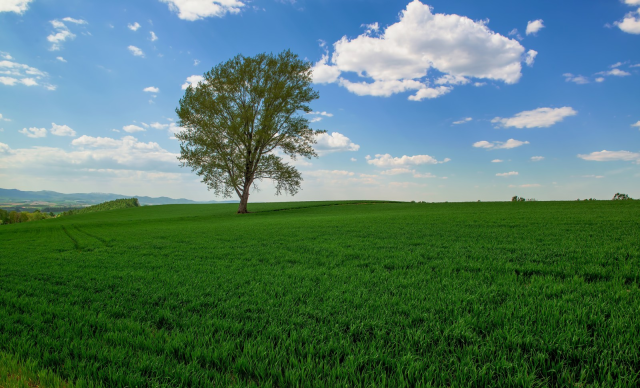
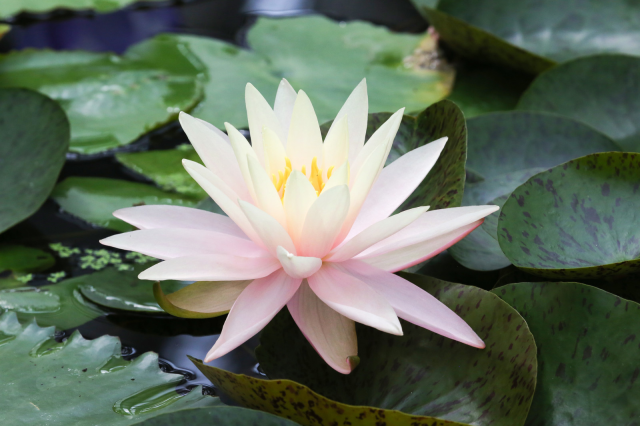

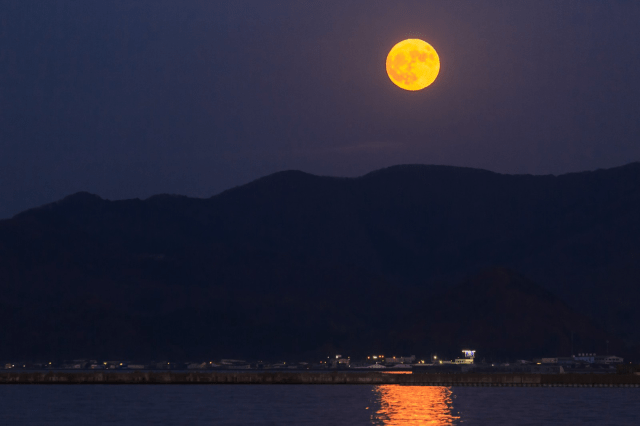

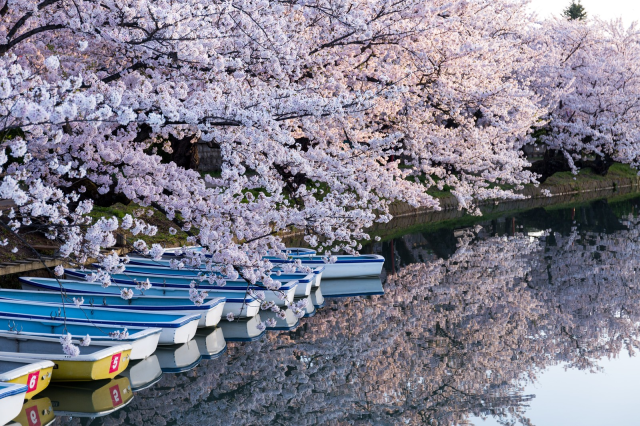

 Japan’s top baby names for 2015: Will Naruto-influenced monikers still reign supreme?
Japan’s top baby names for 2015: Will Naruto-influenced monikers still reign supreme? Japan’s top 10 cat names for 2017
Japan’s top 10 cat names for 2017 End of the Heisei Era: Japanese government to announce new era name on 1 April
End of the Heisei Era: Japanese government to announce new era name on 1 April Japan’s top 10 dog names for 2017
Japan’s top 10 dog names for 2017 Most popular pet names in Japan for 2014 suggest owners obsessed with food
Most popular pet names in Japan for 2014 suggest owners obsessed with food Disney princesses get official manga makeovers for Manga Princess Cafe opening in Tokyo
Disney princesses get official manga makeovers for Manga Princess Cafe opening in Tokyo Beautiful new Final Fantasy T-shirt collection on the way from Uniqlo【Photos】
Beautiful new Final Fantasy T-shirt collection on the way from Uniqlo【Photos】 Randomly running into a great sushi lunch like this is one of the best things about eating in Tokyo
Randomly running into a great sushi lunch like this is one of the best things about eating in Tokyo Is the new Shinkansen Train Desk ticket worth it?
Is the new Shinkansen Train Desk ticket worth it?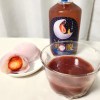 We tried Japan’s Strawberry Daifuku? liqueur, one of three dessert-themed liqueurs
We tried Japan’s Strawberry Daifuku? liqueur, one of three dessert-themed liqueurs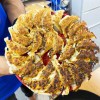 Michelin Guide gyoza in Tokyo: Worthy of the accolade?
Michelin Guide gyoza in Tokyo: Worthy of the accolade? Kyushu-exclusive Black Mont Blanc goes nationwide in a “Special” way
Kyushu-exclusive Black Mont Blanc goes nationwide in a “Special” way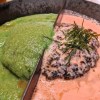 Hamburg and Hamburg Shibuya: A Japanese restaurant you need to put on your Tokyo itinerary
Hamburg and Hamburg Shibuya: A Japanese restaurant you need to put on your Tokyo itinerary Late night? Get a free ride home in a taxi designed for napping
Late night? Get a free ride home in a taxi designed for napping Hyper-detailed anime girl masks are here to solve, possibly create your fashion problems【Photos】
Hyper-detailed anime girl masks are here to solve, possibly create your fashion problems【Photos】 We try out “Chan Ramen”, an underground type of ramen popular in the ramen community
We try out “Chan Ramen”, an underground type of ramen popular in the ramen community New Studio Ghibli bedding sets are cool in all senses of the word
New Studio Ghibli bedding sets are cool in all senses of the word Our Japanese reporter visits Costco in the U.S., finds super American and very Japanese things
Our Japanese reporter visits Costco in the U.S., finds super American and very Japanese things Foreign English teachers in Japan pick their favorite Japanese-language phrases【Survey】
Foreign English teachers in Japan pick their favorite Japanese-language phrases【Survey】 New Pokémon cakes let you eat your way through Pikachu and all the Eevee evolutions
New Pokémon cakes let you eat your way through Pikachu and all the Eevee evolutions There’s a park inside Japan where you can also see Japan inside the park
There’s a park inside Japan where you can also see Japan inside the park Japanese convenience store packs a whole bento into an onigiri rice ball
Japanese convenience store packs a whole bento into an onigiri rice ball Hanton rice — a delicious regional food even most Japanese people don’t know about, but more should
Hanton rice — a delicious regional food even most Japanese people don’t know about, but more should Final Fantasy, Kingdom Hearts, and Dragon Quest pet product line announced by Square Enix
Final Fantasy, Kingdom Hearts, and Dragon Quest pet product line announced by Square Enix Studio Ghibli releases Kiki’s Delivery Service chocolate cake pouches in Japan
Studio Ghibli releases Kiki’s Delivery Service chocolate cake pouches in Japan Japan’s bone-breaking and record-breaking roller coaster is permanently shutting down
Japan’s bone-breaking and record-breaking roller coaster is permanently shutting down New definition of “Japanese whiskey” goes into effect to prevent fakes from fooling overseas buyers
New definition of “Japanese whiskey” goes into effect to prevent fakes from fooling overseas buyers Foreign passenger shoves conductor on one of the last full runs for Japan’s Thunderbird train
Foreign passenger shoves conductor on one of the last full runs for Japan’s Thunderbird train Kyoto bans tourists from geisha alleys in Gion, with fines for those who don’t follow rules
Kyoto bans tourists from geisha alleys in Gion, with fines for those who don’t follow rules Studio Ghibli unveils Mother’s Day gift set that captures the love in My Neighbour Totoro
Studio Ghibli unveils Mother’s Day gift set that captures the love in My Neighbour Totoro Domino’s Japan now sells…pizza ears?
Domino’s Japan now sells…pizza ears? Toyota built a life-sized Miraidon Pokémon and are letting people test drive it this weekend
Toyota built a life-sized Miraidon Pokémon and are letting people test drive it this weekend New Japanese KitKat flavour stars Sanrio characters, including Hello Kitty
New Japanese KitKat flavour stars Sanrio characters, including Hello Kitty Sales of Japan’s most convenient train ticket/shopping payment cards suspended indefinitely
Sales of Japan’s most convenient train ticket/shopping payment cards suspended indefinitely Sold-out Studio Ghibli desktop humidifiers are back so Totoro can help you through the dry season
Sold-out Studio Ghibli desktop humidifiers are back so Totoro can help you through the dry season Japanese government to make first change to romanization spelling rules since the 1950s
Japanese government to make first change to romanization spelling rules since the 1950s Ghibli founders Toshio Suzuki and Hayao Miyazaki contribute to Japanese whisky Totoro label design
Ghibli founders Toshio Suzuki and Hayao Miyazaki contribute to Japanese whisky Totoro label design Doraemon found buried at sea as scene from 1993 anime becomes real life【Photos】
Doraemon found buried at sea as scene from 1993 anime becomes real life【Photos】 Tokyo’s most famous Starbucks is closed
Tokyo’s most famous Starbucks is closed One Piece characters’ nationalities revealed, but fans have mixed opinions
One Piece characters’ nationalities revealed, but fans have mixed opinions We asked a Uniqlo employee what four things we should buy and their suggestions didn’t disappoint
We asked a Uniqlo employee what four things we should buy and their suggestions didn’t disappoint Princesses, fruits, and blacksmiths: Study reveals the 30 most unusual family names in Japan
Princesses, fruits, and blacksmiths: Study reveals the 30 most unusual family names in Japan Studio Ghibli’s new desktop Howl’s Moving Castle will take your stationery on an adventure
Studio Ghibli’s new desktop Howl’s Moving Castle will take your stationery on an adventure Four new era names the Japanese government rejected before deciding on Reiwa
Four new era names the Japanese government rejected before deciding on Reiwa How often do Japanese high school kids watch anime, and do boys and girls watch the same series?
How often do Japanese high school kids watch anime, and do boys and girls watch the same series? How to convert the Western calendar to Japanese Reiwa years
How to convert the Western calendar to Japanese Reiwa years What do Japanese kids want to be when they grow up? For 30 percent of boys, YouTubers, survey says
What do Japanese kids want to be when they grow up? For 30 percent of boys, YouTubers, survey says Emperors, anime icons, and porn stars show up in six-nation survey of most famous Japanese people
Emperors, anime icons, and porn stars show up in six-nation survey of most famous Japanese people Say “thank you” to the Heisei era with a can of Hesei air
Say “thank you” to the Heisei era with a can of Hesei air Japanese government proposes driver’s license change to make them easier for foreigners to read
Japanese government proposes driver’s license change to make them easier for foreigners to read Japan announces new era name, Reiwa, but what does it mean and why was it chosen?
Japan announces new era name, Reiwa, but what does it mean and why was it chosen? Kansai area people more genetically predisposed to liking coffee than elsewhere in Japan
Kansai area people more genetically predisposed to liking coffee than elsewhere in Japan The one-year countdown officially begins for the end of the Heisei Era
The one-year countdown officially begins for the end of the Heisei Era Men’s deodorant commercial series puts viewers in sweaty situations with women 【Video】
Men’s deodorant commercial series puts viewers in sweaty situations with women 【Video】 Survey says more sixth graders in Japan aspire to work in medicine this year than last year
Survey says more sixth graders in Japan aspire to work in medicine this year than last year “Disaster”: 2018 Kanji of the Year unveiled by Buddhist monk at Kiyomizudera temple in Kyoto
“Disaster”: 2018 Kanji of the Year unveiled by Buddhist monk at Kiyomizudera temple in Kyoto Avatar sequel no match for anime basketball boys in Japan as Way of Water debuts behind Slam Dunk
Avatar sequel no match for anime basketball boys in Japan as Way of Water debuts behind Slam Dunk Japanese Emperor abdication date revealed by government officials in new report
Japanese Emperor abdication date revealed by government officials in new report Twitter users say Japanese Prime Minister’s name is hiding in the kanji for Japan’s new era name
Twitter users say Japanese Prime Minister’s name is hiding in the kanji for Japan’s new era name Survey ranks dream jobs for Japanese elementary school students around the nation
Survey ranks dream jobs for Japanese elementary school students around the nation
Leave a Reply